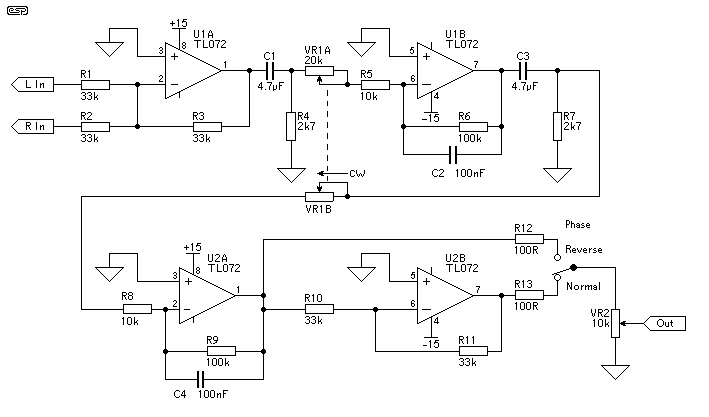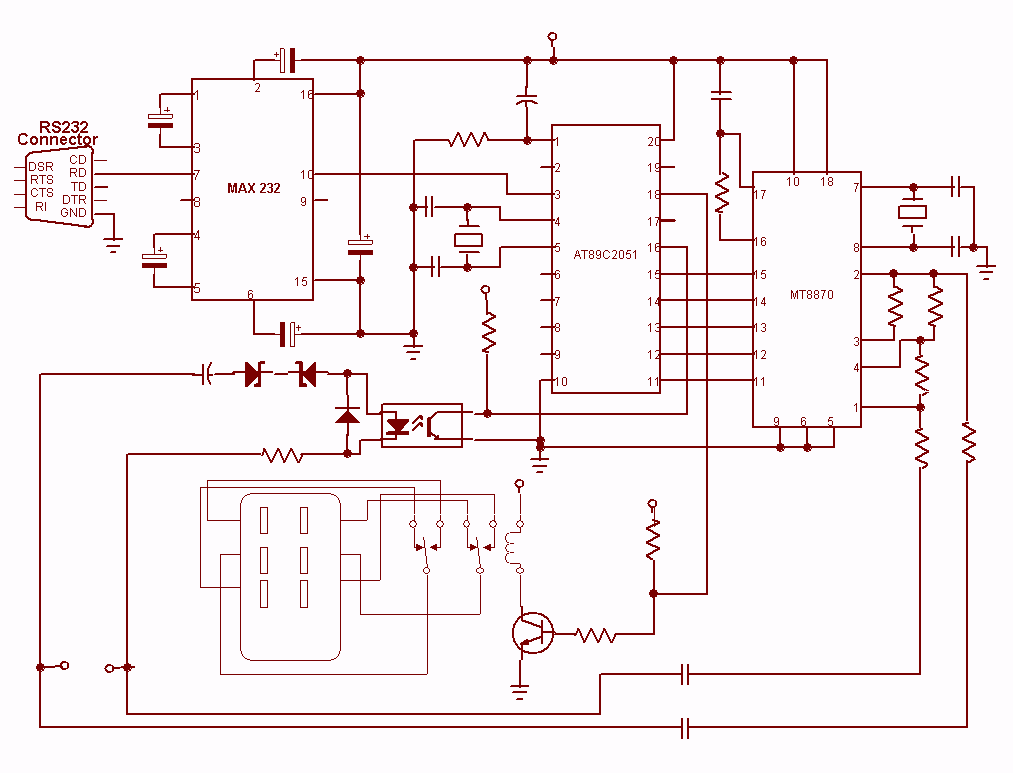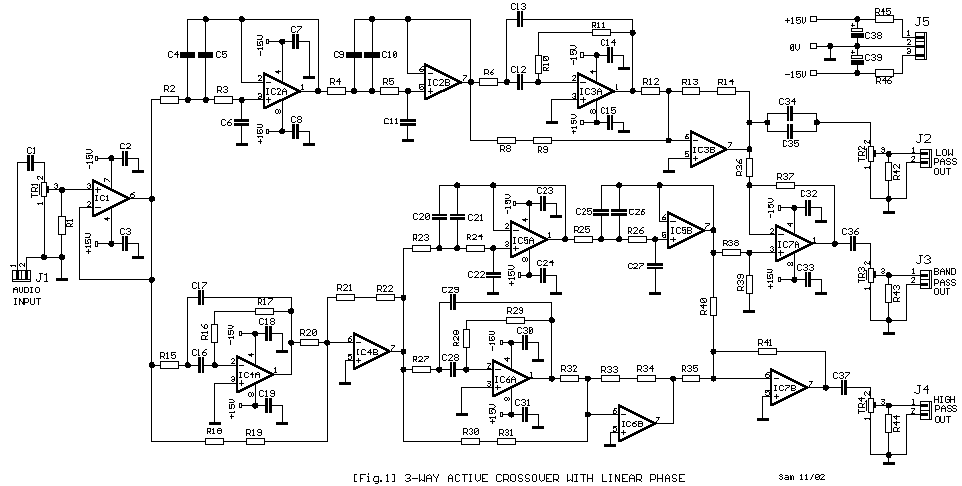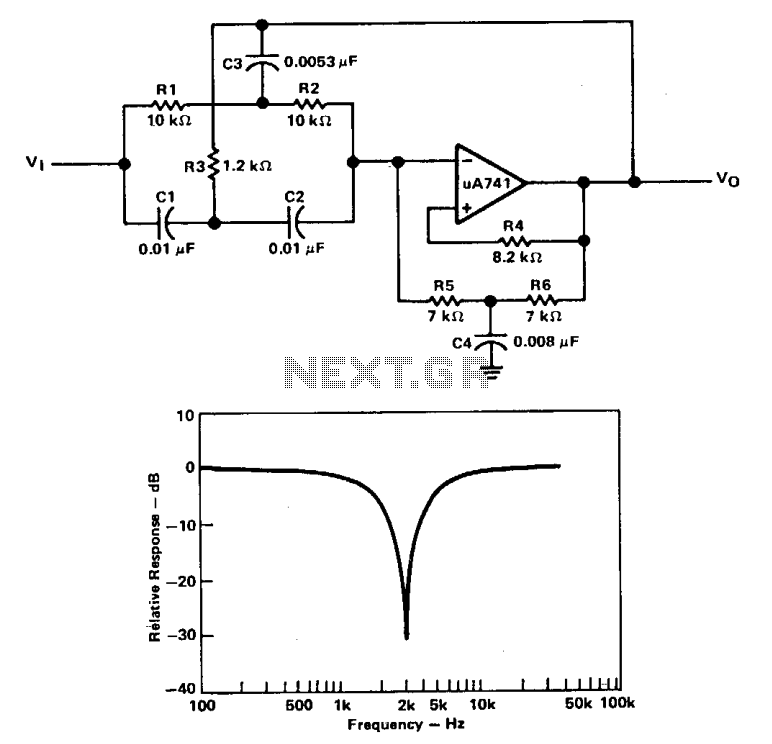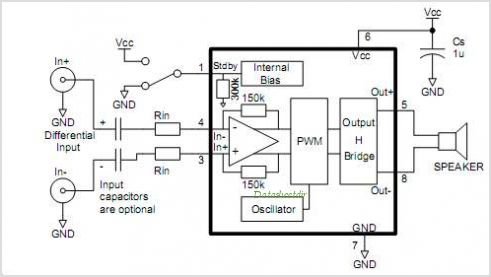
Better-Sounding Active Crossovers
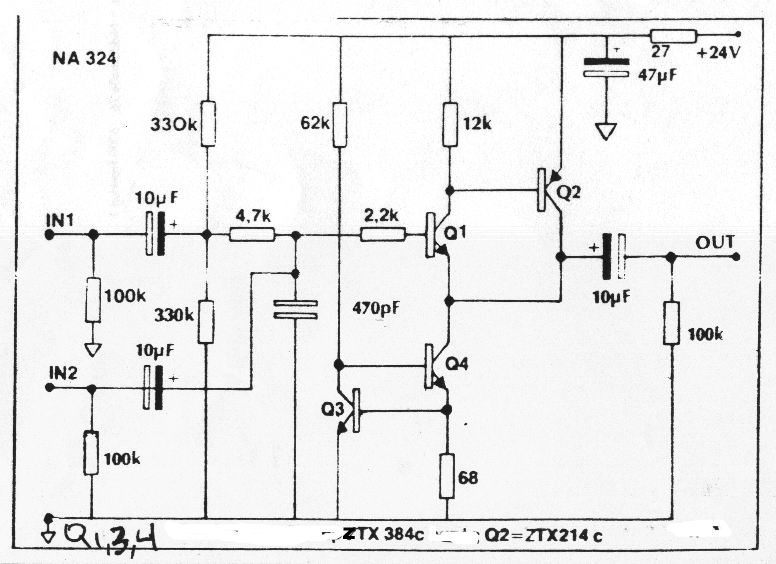
Can anyone explain the function of the four transistors located on the right-hand side of each of McBride's schematics?
The presence of four transistors on the right-hand side of McBride's schematics typically indicates a specific function related to signal amplification, switching, or signal processing. In many electronic circuits, transistors serve as crucial components for controlling electrical signals.
In this context, the transistors may be configured in various arrangements such as common emitter, common collector, or common base configurations, each serving distinct purposes. For example, if they are arranged in a common emitter configuration, they could be used for signal amplification, where a small input signal can control a larger output signal. Conversely, if they are configured as switches, they may be utilized to turn on or off different parts of the circuit based on control signals.
Additionally, if these transistors are part of a differential amplifier configuration, they could be employed to amplify the difference between two input signals while rejecting any common-mode signals. This is particularly useful in applications where noise reduction is critical.
The specific function of these transistors can be further clarified by examining their connections to other components in the schematic, such as resistors, capacitors, and power supply lines. Understanding the overall circuit design and the role of each component will provide insights into the operation of the transistors and their contribution to the circuit's functionality.Hi, can anyone explain what the four transistors on the right hand side of each of McBride`s schematics are doing?.. 🔗 External reference
The presence of four transistors on the right-hand side of McBride's schematics typically indicates a specific function related to signal amplification, switching, or signal processing. In many electronic circuits, transistors serve as crucial components for controlling electrical signals.
In this context, the transistors may be configured in various arrangements such as common emitter, common collector, or common base configurations, each serving distinct purposes. For example, if they are arranged in a common emitter configuration, they could be used for signal amplification, where a small input signal can control a larger output signal. Conversely, if they are configured as switches, they may be utilized to turn on or off different parts of the circuit based on control signals.
Additionally, if these transistors are part of a differential amplifier configuration, they could be employed to amplify the difference between two input signals while rejecting any common-mode signals. This is particularly useful in applications where noise reduction is critical.
The specific function of these transistors can be further clarified by examining their connections to other components in the schematic, such as resistors, capacitors, and power supply lines. Understanding the overall circuit design and the role of each component will provide insights into the operation of the transistors and their contribution to the circuit's functionality.Hi, can anyone explain what the four transistors on the right hand side of each of McBride`s schematics are doing?.. 🔗 External reference
